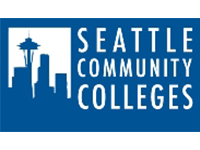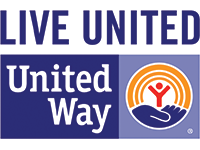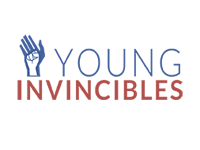Promoting Communities: A New Opportunity Index
•This panel, moderated by Angela Glover Blackwell, Founder and CEO, PolicyLink, included the following speakers: Dr. Scott Cowen, President of Tulane University, Dr. Xavier de Souza Briggs, Associate Professor of Sociology and Planning, MIT Urban Studies and Planning, Sarah Surd-Sharps, Co-Director, American Human Development Project, and Reverend Luis Cortes, Jr., President of Esperanza. Highlighting new research – delivered today – that demonstrated that there is less mobility in the United States today than there is in Germany, Sweden, and France, guests also discussed that children born into the lowest 20% of the income distribution are five times more likely to find themselves there are adults as are children born into the top 20% of income distribution (Haskins and Sawhill, 2010).
Although we can’t change the level of education of our parents or our racial and ethnic heritage, other factors create opportunity in our communities aside from characteristics and attributes like drive, ambition, persistence, and charm – which are difficult to measure. Thus, the new Opportunity Index measures a third set of factors – opportunities present in different communities like access to education in certain communities, including access to quality preschool, the first – and most cost effective – solution to creating equal opportunity.
Disenfranchised areas where jobs and local economics suffer often suffer from ‘dropout factories’ where only 60% of their high school students graduate. Health care and safety in these areas also suffer and access to healthy food in low-income communities also deeply affects the health of the children within it.
When looking at some areas, findings uncovered that:
- Utah has the highest rate of volunteerism (42.4%) and the lowest crime rates in the nation
- Florida has the largest percentage of renters and burdened by heavy housing costs
- DC and New York have incomes higher than the national average, but also have higher poverty rates








